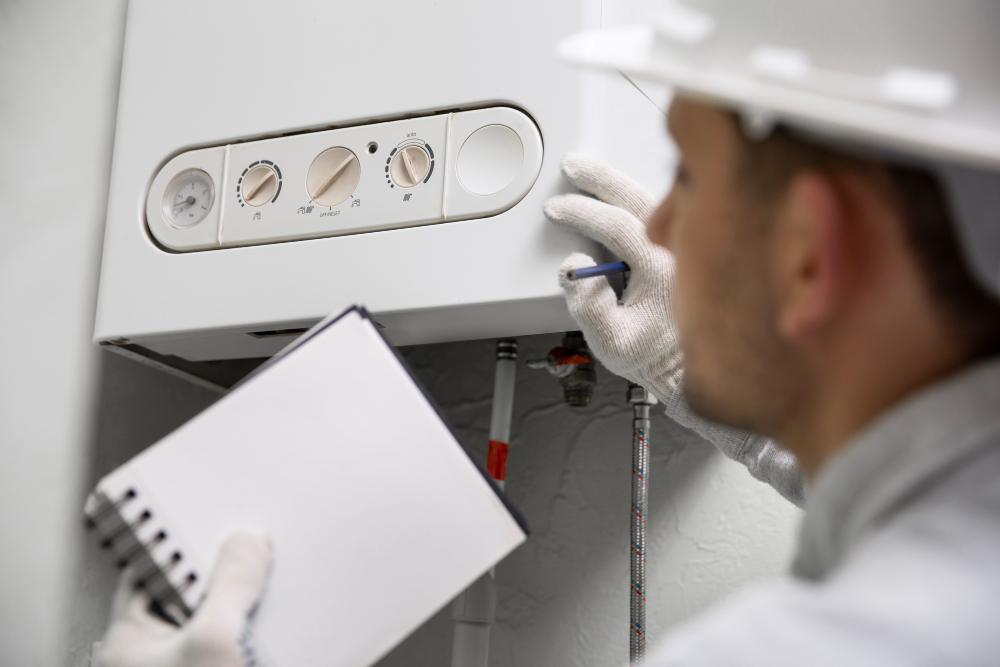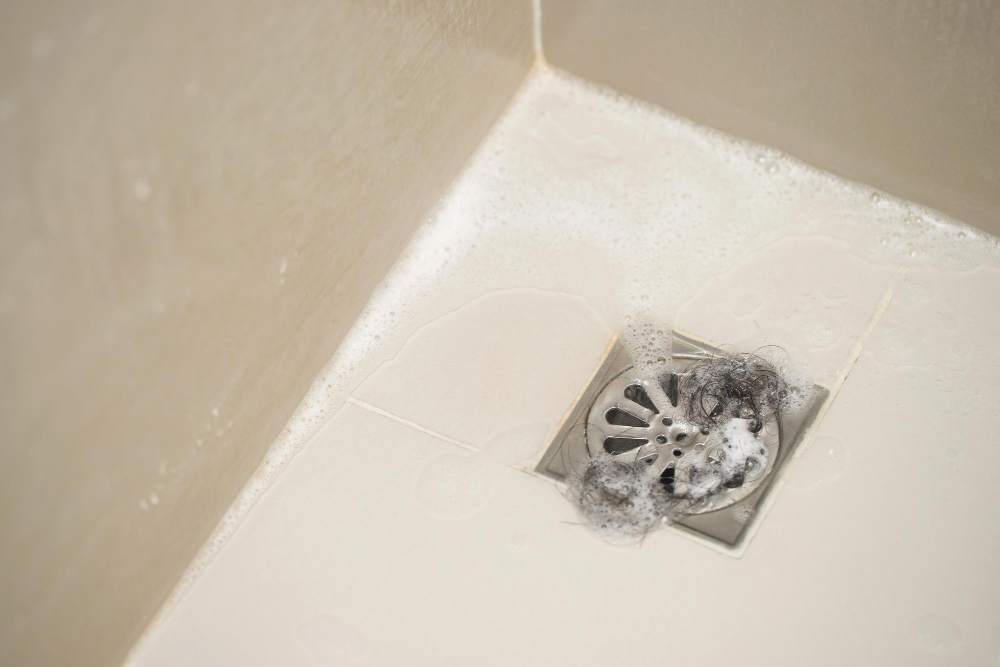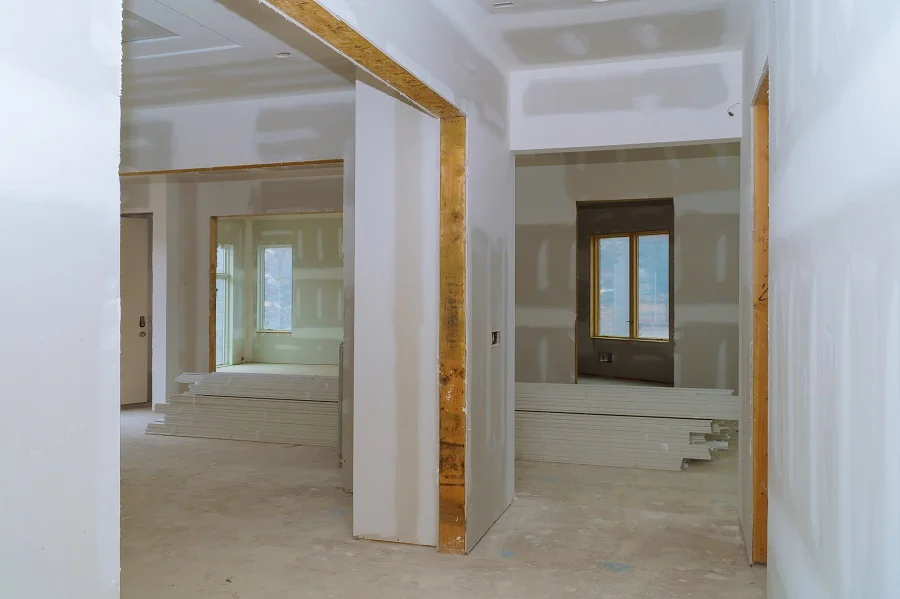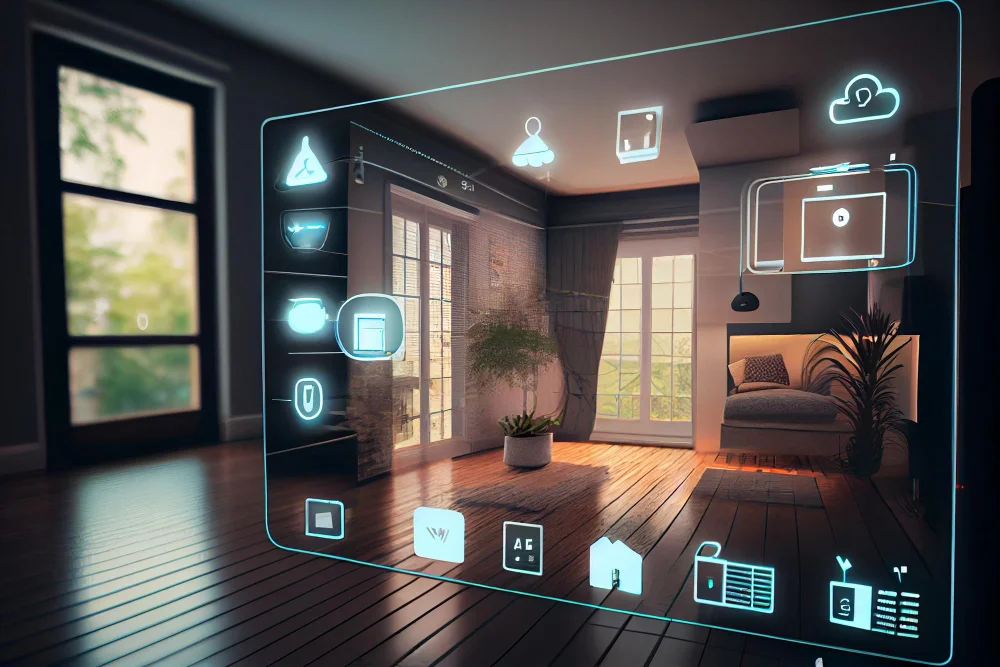Last updated on
It’s no surprise that one of the most oft-used rooms in any home is the bathroom. Whether it’s used for self-care or hygiene, getting ready in the morning, or just as an occasional sanctuary, your restroom plays a prominent role when it comes to powering through your daily tasks and activities.
Unfortunately, this room also poses some of the most frequent household problems—from slow drains to faulty faucets and much more. In this blog post, we’ll talk about all these common hassles and how you can solve them without having to break out a toolbox!
Faulty Water Heater

One of the most common bathroom issues is a faulty or malfunctioning water heater. If your hot water suddenly runs out while you’re in the shower, it’s likely that there’s an issue with your water heater. This can happen due to a variety of reasons, including sediment buildup, thermostat malfunctions, or even electrical problems.
To fix this issue, you may need to call a professional plumber or follow the manufacturer’s instructions for troubleshooting and repairs. When it comes to water heater repair, it’s always best to seek expert help rather than attempting a DIY fix. It can not only be dangerous but also lead to expensive damages if done incorrectly.
Clogged Drains

A clogged drain can be a real headache for homeowners. Not only can it cause water to back up and potentially damage the surrounding area, but it can also lead to unpleasant odors and unsanitary conditions. There are several reasons why drains can become clogged, including the accumulation of hair, soap scum, grease, and food particles.
Fortunately, there are several solutions available to help clear clogged drains. From simple home remedies like pouring boiling water or baking soda and vinegar down the drain to using specialized tools like drain snakes or hydro jets, there are many options to choose from.
A reliable plumbing service can be a homeowner’s best ally when dealing with persistent drain issues. Their expertise and specialized equipment can efficiently diagnose and resolve even the toughest clogs, ensuring long-term solutions.
By taking preventative measures and addressing clogs as soon as they arise, homeowners can avoid the frustration and expense of more serious plumbing issues down the road.
Leaky Shower Head

Have you ever dealt with a leaky showerhead? If you have, you know how frustrating it can be to deal with the constant drip-drip-drip of water. But don’t worry, there are some quick and easy fixes you can try before calling a plumber.
First, try tightening the shower head with a wrench or pliers. If that doesn’t work, remove the shower head and check the washer for any damage or wear. You can replace the washer yourself with a quick trip to the hardware store.
Another common culprit for a leaky shower head is the O-ring, which is a small rubber ring in the shower head’s connection point. If it looks damaged or worn, replace it with a new one. And remember, always turn off the water supply before attempting any repairs to your shower head. These simple tips should have your shower head fixed in no time!
Faulty Toilet Flushing Mechanism

Few things are more frustrating than a faulty toilet flushing mechanism. When we need our toilet to work, we expect it to work without any issues. However, sometimes the flushing mechanism can malfunction or stop working altogether, leaving us with a stubborn clog or a toilet that won’t flush.
Luckily, there are several solutions to bringing your toilet back to life. One solution is identifying the source of the problem and either repairing or replacing the faulty component. Another solution is utilizing a plunger or drain snake to clear out any obstructions in the pipes.
So, don’t let a faulty toilet flushing mechanism ruin your day. With a little patience and the right tools, you can have your toilet working properly again in no time.
Low Water Pressure
Low water pressure can be a frustrating issue for homeowners. It can make everyday tasks such as taking a shower or washing dishes feel like a chore. Fortunately, there are several solutions to fix the problem.
One way to increase water pressure is by checking the pressure regulator valve. This valve is usually located near the main water shutoff valve and can be adjusted to increase water pressure. Another solution is to clean the aerator on your faucets. Over time, mineral deposits can build up in the aerator, which can restrict water flow.
Finally, if your home has old galvanized pipes, it might be time to consider replacing them with newer, more efficient pipes. By implementing these solutions, you can improve your home’s water pressure and enjoy a smoother, more efficient household experience.
The Takeaway
Plumbing problems can cause major issues in your home. If left untreated, they can quickly become costly scenarios to fix and you may have to call a professional. It’s important to recognize potential plumbing issues early and often.
Keep an eye out for clogged drains, mold and mildew growth, leaky shower heads, faulty toilet flushing mechanisms, unsafe electrical outlets, and low water pressure. If you ever come across any of these situations in your home, follow the tips we provided and see if you can’t get them under control without having to call a professional repairman.
However, if you’re having trouble or feel uncertain about tackling the problem on your own, don’t hesitate to reach out for help today- it could potentially save you money down the road!
Related reading:
Table of Contents





